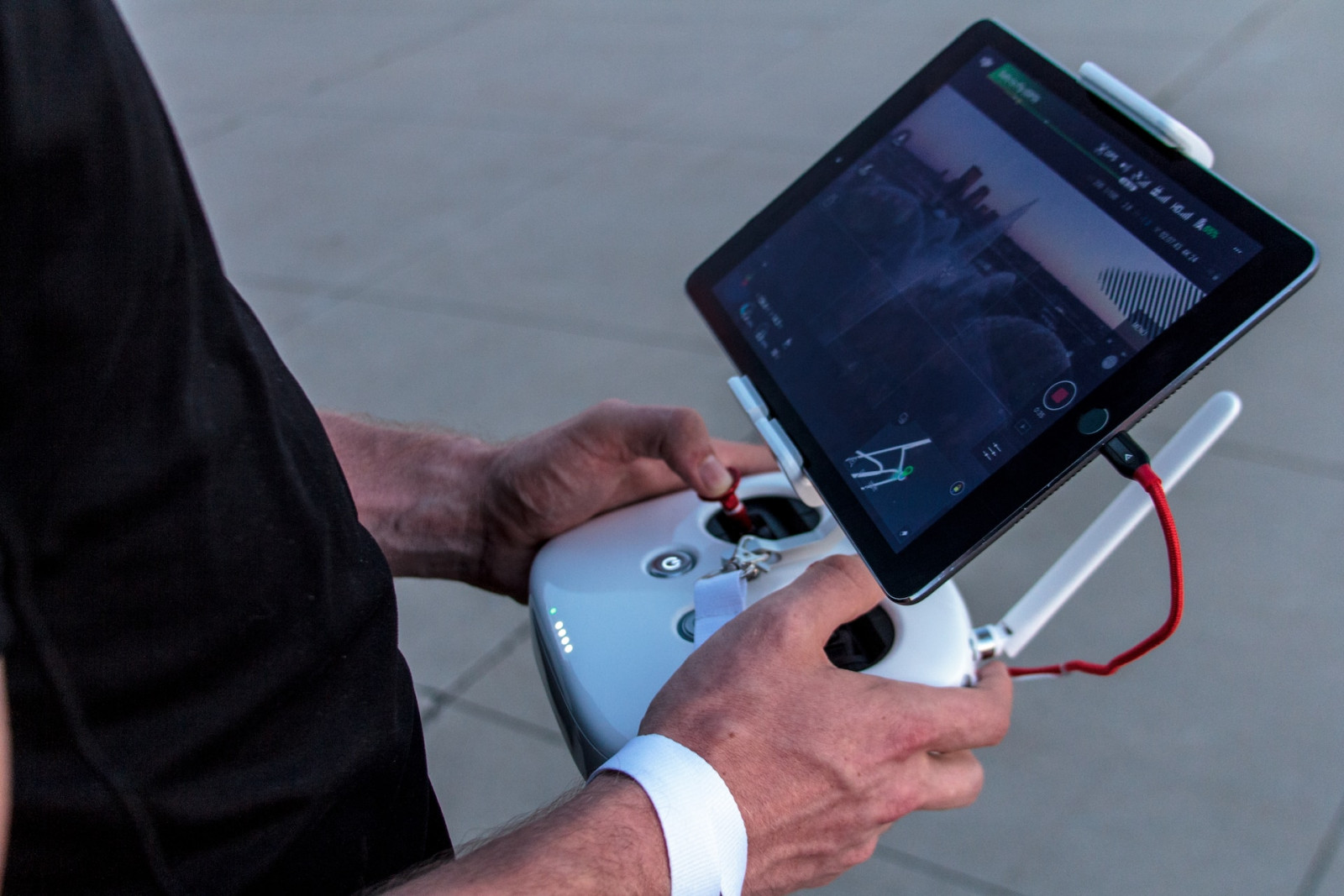The Top 6 Most Innovative Robots of 2023

Robots are helping people become faster and more efficient in every field. Some of the most innovative robots and robotic concepts are starting to see widespread use today.
The Amelia Company
AI has become so advanced that it can now be programmed to talk with a human without needing outside assistance. Conversational AI technology is available to the public as "chatbot" programs. These can simulate human conversations and interactions through text, audio and even video. Some famous examples include Alexa of Amazon fame and Siri from Apple.
While chatbots are relatively simple programs, conversational AI is a field of technology that is continually evolving. The AI Amelia is one example of what artificial intelligence can accomplish.
Amelia was developed by the Amelia company, formerly known as IPsoft. Led by CEO Chetan Dube and President Lanham Napier, the Amelia company has since become the leader in conversational AI development and one of the most innovative robotics companies of the century.
Amelia the AI is so advanced that she can adapt to conversations on the fly and mimic human speech patterns, making it almost impossible to tell her apart from an actual person. Scientists are already looking into possible applications for Amelia, from replacing static chatbots used by call centers to helping take care of patients in the medical field.

KUKA
Companies like the automotive industry have been putting assembly line robots to great use — especially during and after the COVID-19 pandemic. Assembly line robots are an innovative solution to increasing efficiency in the manufacturing field. They can perform duties much faster and more precisely than a human worker. The robots also don't get tired and are less prone to errors. In addition, greater use of robots means less potential for worker injuries.
They are complex machines that require ample space to work in and routine maintenance. Still, the benefits of machine labor in the manufacturing sector can't be overstated. An increase in efficiency and productivity might be well worth the price.
KUKA is one of the leading companies in the assembly robotics industry. With sales of around 3.3 billion euros, they offer everything from individual robots to fully automated systems. Located in Augsburg, Germany, what makes them one of the most innovative robotics companies in the world is their dedication to advancing intelligent automation in the manufacturing industry.
Toyota, Hanson Robotics and Engineered Arts
Combining the capabilities of robotics and conversational AI to create human-looking robots has been the goal of scientists and engineers for many years. Robots with the likeness of humans are both fascinating and have many potential applications.
Pushing the boundaries of humanoid robot development is the greatest test of any innovative robotics company. Toyota is one of the learning companies in this field. Its research division focuses on developing new technologies in robotics, AI and machine learning. Their latest creation is the CUE5, a robot capable of playing basketball.
Other companies put an even greater focus on mimicking humans by combining robotics with AI technology. These robots can hold conversations with humans that feel natural and even mimic facial expressions to appear more lifelike. Many robots go even further and can crawl, walk and jump independently.
Some famous examples include Sophia and Ameca, two of the most human-like robots whose speech and expressions are nearly identical to humans. Sophia was developed by Hanson Robotics in Hong Kong, while Ameca was created by Engineered Arts.
While highly advanced, both are more of a proof-of-concept. However, roboticists in Japan are putting humanoid robots to use — most notably in the tourism and customer service industries.
L3Harris
It's hard to miss robotics's impact on the military sector. Some of the most innovative robotics have been created to defend borders, from drones to uncrewed ground vehicles.
One of the most significant hazards soldiers often face is the threat of hidden bombs. Their danger is obvious — they can cause massive damage and loss of life for both military and civilians.
Because of this, militaries have been using bomb disposal robots when they know of a possible bomb threat in the area. L3Harris is one of the primary manufacturers and suppliers of such robots. Their explosive ordnance disposal robots serve militaries worldwide, keeping soldiers out of harm's way.
Military personnel operate bomb disposal robots using a remote control or through a tablet. Operators can send the robot to investigate and see what the robot does through a camera. The robot has an arm to disarm or dispose of a possible bomb threat. This means it is possible to allow the bomb to go off with minimal to no human casualties.
When they began service, bomb disposal robots were crude and cheaply made. As time went on, they became far more sophisticated. The new generation of bomb disposal robots are twice as fast as previous models, can lift five times their weight, and have higher resolution cameras and more precise controls.
Skydio and Husker
Drones are one of the most innovative technologies of the 21st century. The term was initially used to describe unmanned aerial vehicles (UAVs). Indeed, military UAVs are the most well-known type of drone.
However, the applications for drone technology are vast, from the medical to the entertainment sectors. Drones have found use in the agricultural industry for watering crops and distributing pesticides. The field of journalism also uses them by taking pictures and videos from above.
Recently, drones have played a significant role in the disaster management and emergency relief sectors. From surveillance to delivering much-needed supplies to those in need, drones are helping to save lives from natural and manufactured disasters.
Skydio is one of the many companies that develop drones for search and rescue operations. Their drones can be deployed to scout and observe any disaster situation.
Another innovative application for drones is firefighting. Firefighters face many hazards doing their jobs from smoke and heat. Drones can be equipped with high-pressure hoses to assist in putting out fires from any height. These can save firefighters' lives while allowing them to do what they do best.
Husker is a startup company developing drones to help with stopping wildfires. Their drones drop chemical spheres that burn dry vegetation. While this might seem counterintuitive, it will starve wildfires of potential fuel, helping contain them better.

iRobot, DO bots, Amazon and Sineva
Household robotics have developed from simple machines to complex tools that help us maintain homes in various ways. Researchers state robots can take over 39% of household duties by 2033.
It's easy to see why they would say that. Cleaning robots have become very sophisticated machines. Many include mapping functions, advanced sensors and limited AI technology that allows it to manage itself. Famous companies that manufacture these robots include the iRobot corporation, DO bots and Sineva.
Other robots like Amazon's Astro can function as a household companion, listening to and obeying commands. Astro can also be part of a security system, alerting homeowners to potential breaches when they're not home.
What Will Be Next in the World of Robotics?
The field of robotics has come a long way, from simple novelties to highly sophisticated machines. Engineers and scientists are primed to push robots to new heights and find more applications.
Thanks for helping to keep our community civil!
This post is an advertisement, or vandalism. It is not useful or relevant to the current topic.
You flagged this as spam. Undo flag.Flag Post


